This month we introduce our new mechanical CAD column! Here we’ll discuss technology, innovative use of mechanical design, trends, and more.
The path of technical innovation is a crooked, twisty route, not a straight line. In mechanical design technology specifically, the path of innovation zigs and zags its way forward, pushed off the straight and narrow by such factors as never-ending demands for increased productivity, collaboration and interoperability, technical obsolescence (real or imagined), and external market forces.
Three mechanical CAD technologies coexist today: 2D drafting, 3D modeling on the desktop, and cloud-enabled 3D modeling. Each is on its own path of innovation, and these paths seem to cross haphazardly. Upon closer inspection, each intersection does not block progress, but instead becomes a new innovation incident.
Once computers became small enough to fit on a desk, CAD jumped from being a rarely used novelty among the largest automotive and aerospace companies, to quickly replacing manual drafting in design and engineering professions of all sizes. 2D drafting technology was the first form of CAD in this revolution. Despite supposedly being “yesterday’s technology” for 20 years, survey after survey reveals there are still more active seats (copies in use) of 2D CAD in mechanical design than 3D CAD. The preservation of legacy data is a key reason many companies keep using drafting software.
Desktop-based 3D modeling technology is the CAD most often used today for new designs. Dassault Systemès SOLIDWORKS has not become a synonym for all modeling products the way Autodesk AutoCAD became a synonym for drafting CAD in the 1990s, but it is clearly the sales leader in mainstream engineering, as measured by public analyst reports such as the CAD sales update produced by Randall Newton in the annual Wohler’s Report on additive manufacturing.
The third form of CAD technology on the scene today is cloud-enabled CAD. More than just drafting in a browser, cloud-enabled CAD offers new solutions for a variety of CAD-related issues including data management, collaboration, interoperability, and remote access.
Interoperability Leads the Way
Looking ahead, the trend is toward more interaction between these three CAD genres, not less. Drafting software and desktop-based 3D solid modeling won’t disappear. Instead, they will be augmented and empowered by their interactions with cloud-based CAD. Let’s look at a few examples:
Autodesk Forge is an end-user development platform for cloud-enabled design and engineering applications. Image source: Autodesk. Click to enlarge image.
Autodesk Forge is an end-user development platform for cloud-enabled design and engineering applications. Forge provides a Web Services tool set (a cloud version of Application Programming Interface) to connect programs and enable new workflows. You can write your own programs, or there are apps available ready for use. Companies are using it to create Digital Twin initiatives, visualize manufacturing data, integrate virtual and/or augmented reality (AR/VR) into engineering workflows, and to create catalogs and configurators.
The 3DEXPERIENCE Platform places SOLIDWORKS technology in the center of a cloud-enabled suite to enable a complete product development environment. Image source: Dassault Systèmes. Click to enlarge image.
Dassault Systèmes 3DEXPERIENCE Works places SOLIDWORKS technology in the center of a cloud-enabled suite to enable a complete product development environment, uniting such CAD-related services as product data management, simulation, design management, and manufacturing process planning. The 3DEXPERIENCE Works portfolio of cloud solutions brings all key users together on a single collaborative platform, so users can move from the idea phase through product design and delivery.
The Graebert ARAS Trinity offers DWG-compatible authoring and editing for desktop, mobile, and browser. Image source Graebert GmbH. Click to enlarge image.
Graebert ARES Trinity is shorthand for the company’s three drafting software platforms: desktop, browser, and mobile. DWG drawings can be created on any of them, and shared with one person or a team using Graebert’s Kudo DWG-for-Cloud technology. It was the first DWG drafting software with version control, using technology it created in partnership with its development partner Onshape (now owned by PTC). With the ARES Trinity of CAD Software, the same user can use their Graebert Account to use their license on multiple computers and mobile devices. For example, they can use ARES Commander on multiple computers and move the license with a simple login/logout, use ARES Touch on smartphones and tablets, and use ARES Kudo from any device, directly in an Internet Browser with DWG files synchronized.
PTC Onshape was the first 3D solids modeler for mechanical engineering to run as a browser app. Image source: PTC. Click to enlarge image.
PTC Onshape is the first mover in this emerging space. Onshape was the first to make version control a CAD feature — something virtually impossible in desktop-only CAD. It now offers CAD, data management, auditable change logs, real-time design review, simultaneous editing, project analytics, and much more. It all works from a browser, with no software installation required. Real-time design reviews, commenting, and simultaneous editing enable a collaborative workflow where multiple design iterations can be completed in parallel, and when approved, the best elements can be merged into the final design. Product specifications and drawings can be quickly shared with the manufacturing team or suppliers.
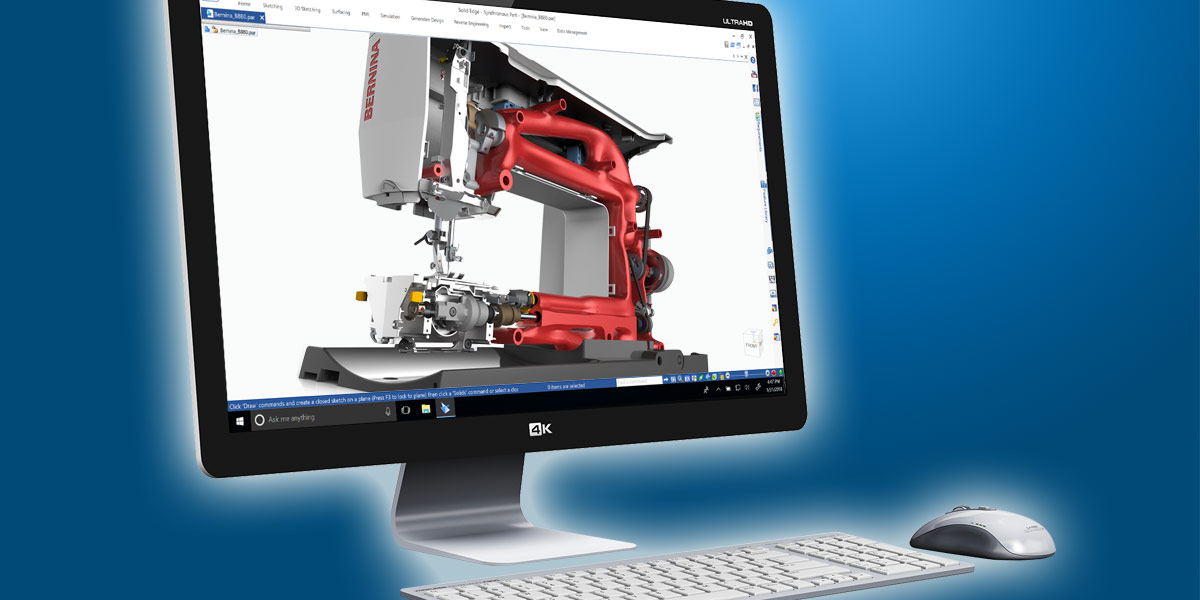
Siemens Solid Edge provides access to 3D CAD across devices, and the ability to share data with colleagues, suppliers, and customers.
Siemens Solid Edge is now available as “cloud-ready,” which means it’s installed and run from your local device and files are cached locally. Its cloud-based technology allows for sharing data with other products in the Siemens Mainstream Engineering portfolio. Because files are cached locally, cloud Solid Edge users can continue to work uninterrupted even without an internet connection which is important when traveling or if the internet connection isn’t reliable. A user’s CAD license can be held on the cloud and a simple login lets you run Solid Edge wherever you are. With the Solid Edge Portal, users can access online CAD file viewing from any device. Users can leverage popular cloud-based file sharing software such as Dropbox, Microsoft One Drive, Google Drive, or Box to backup, share, and collaborate. In addition, CAD files can be replicated at 2 or more sites, so users can access the data as needed, and a file locking mechanism prevents one user from accidentally overwriting another user’s changes.
Remote Working Pushes Innovation
The pandemic lockdown forced engineering teams to quickly adjust to remote work. Companies who were already using the platforms mentioned above had an easier time making the transition. Lockdowns may be over, but end-user demand has now increased for services that are only available when CAD is cloud-aware.
Remote work and the related issues of interoperability and collaboration aren’t the only reasons demand will continue for cloud-aware CAD. Most technology shifts in engineering start at the largest companies and then move down to the smaller companies. The next tech paradigm making its move to the mainstream is Model-Based Design (MBD). All team members in an engineering project are contributing to a master virtual model, which is made up of more than just geometry and BOM data.
Take concept design as an example. In traditional approaches, any ideas generated during concept design that are not geometry-based have to be re-entered at the detailing phase. Today’s concept design is about more than matching shape and function to a goal. Robotics, machine vision, and additive manufacturing are all common now, and they all make special demands of the engineering team at the very earliest conceptual stages. Using cloud-enabled CAD systems, makes it easier for even the smallest companies in a supply chain to study possibilities, test kinematics, and more quickly reach concept validation.
Collaboration Takes Front Stage
MBD offers a level of project visibility not previously possible. Role-based collaboration and traceability are simplified when all the data is visible to every team member. Sending files back and forth is replaced by a dashboard showing the same data everyone else in the team sees.
MBD is the first step toward a broader objective, digital transformation. It is a buzz term for reworking data models, workflows, and organizational oversight to achieve the full potential of today’s technology. If you share files with email, thumb drives, or vault technology, you waste time working with such tedious asynchronous methods. And, you miss out on the transformative value of true collaborative processes.
If you have mechanical-CAD–based ideas or projects that you’d like us to cover, drop us a line at editors@cadalyst.com.
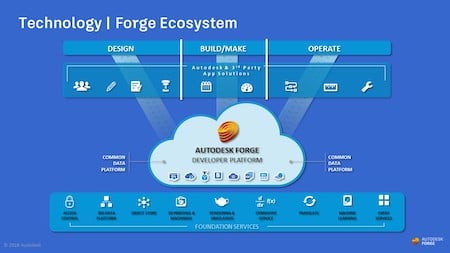
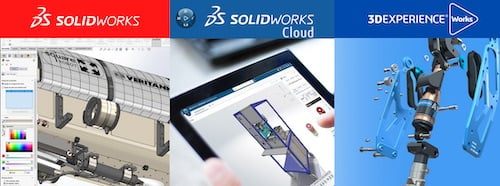
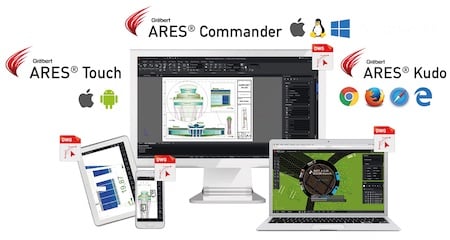
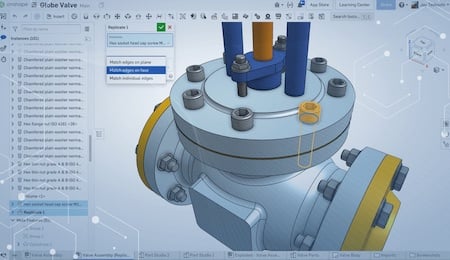

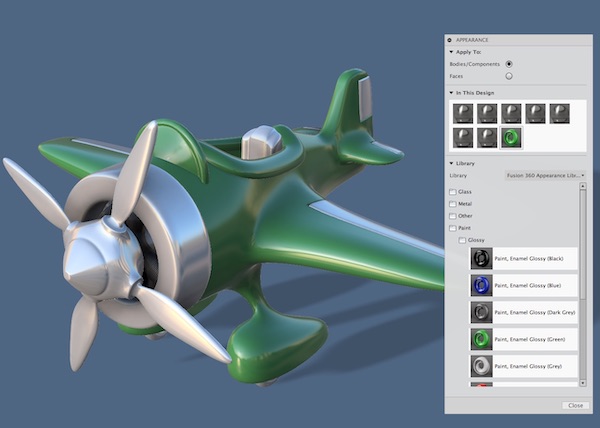
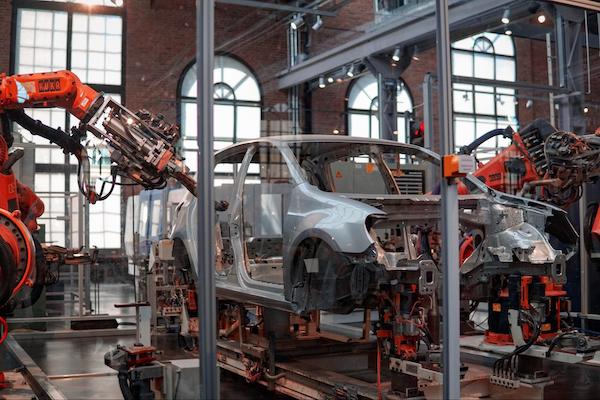
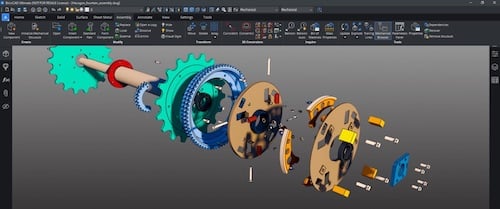

Searching for more information about Product Design & Manufacturing?
Click here!